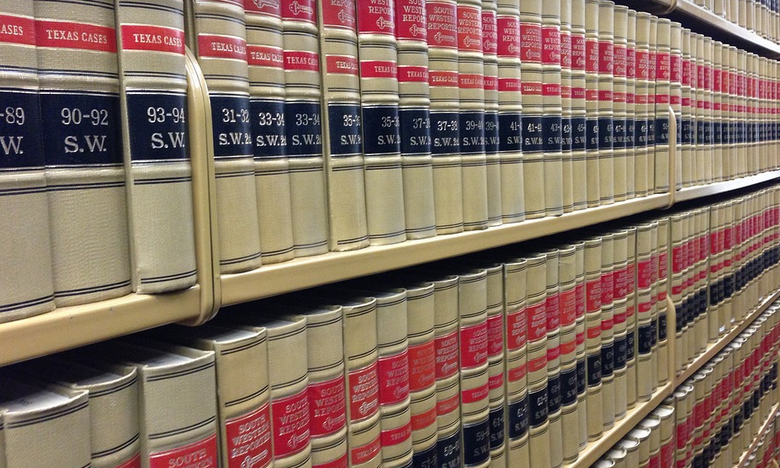Understanding Vehicle Window Tint Laws
Colorado’s laws regarding vehicle window tint are designed to ensure both driver safety and aesthetic considerations. The state aims for a balance between personal privacy, sun protection, and clear visibility on the road.
To get started, it’s crucial to understand that there’s no “one-size-fits-all” approach to tint in Colorado. The rules are actually quite detailed, and breaking them can lead to hefty fines or even vehicle impoundment.
Key Tint Regulations You Should Know
The primary focus of these regulations is on minimizing glare from the sun while driving. This is essential for ensuring clear visibility, especially during long drives or when navigating in changing weather conditions.
Front Windshield and Rear Window Limits
When it comes to front windshields, Colorado allows a maximum tint level of 70% light transmission. This means only 30% of the sun’s rays can pass through. You want to keep in mind that this window has a very clear visual impact on your view of the road and surrounding traffic.
Side Windows and Rear Windshield Limits
For side windows, Colorado allows for varying tint levels depending on their location within the car’s glass structure. The legal limit is 50% light transmission, and this applies to both front and rear window sides at all times.
Rear Window Limitations
For rear window tinting, Colorado requires a minimum of 20% light transmission for the entire window. This ensures that drivers behind you can clearly see their surroundings while driving
Tinted Windows in Colorado: What You Need to Know
When it comes to tinted windows in Colorado, it’s important to be aware of the legal limits and any associated requirements. These regulations ensure a balance between privacy, safety, and visibility on the road.
Benefits of Tinted Windows in Colorado: Safety and Comfort
Tinting your vehicle can provide several benefits beyond just aesthetics. The reduction of harmful UV rays from sunlight can help protect you and your passengers from sunburns.
Understanding Legal Tint Exceptions
There are specific situations where the traditional tint regulations may not apply, for example: when driving a school bus or emergency vehicle. These vehicles have specific light transmission requirements due to the nature of their duties on the road.
Where to Find More Information
If you need more information about Colorado’s window tint laws, it is best to consult with local law enforcement officers for an official explanation or visit the website of the Colorado Department of Transportation (CDOT). You will find a wealth of valuable resources and guidance on their site.
Remember, maintaining awareness of these regulations is crucial to ensure a safe and legal driving experience in Colorado.



